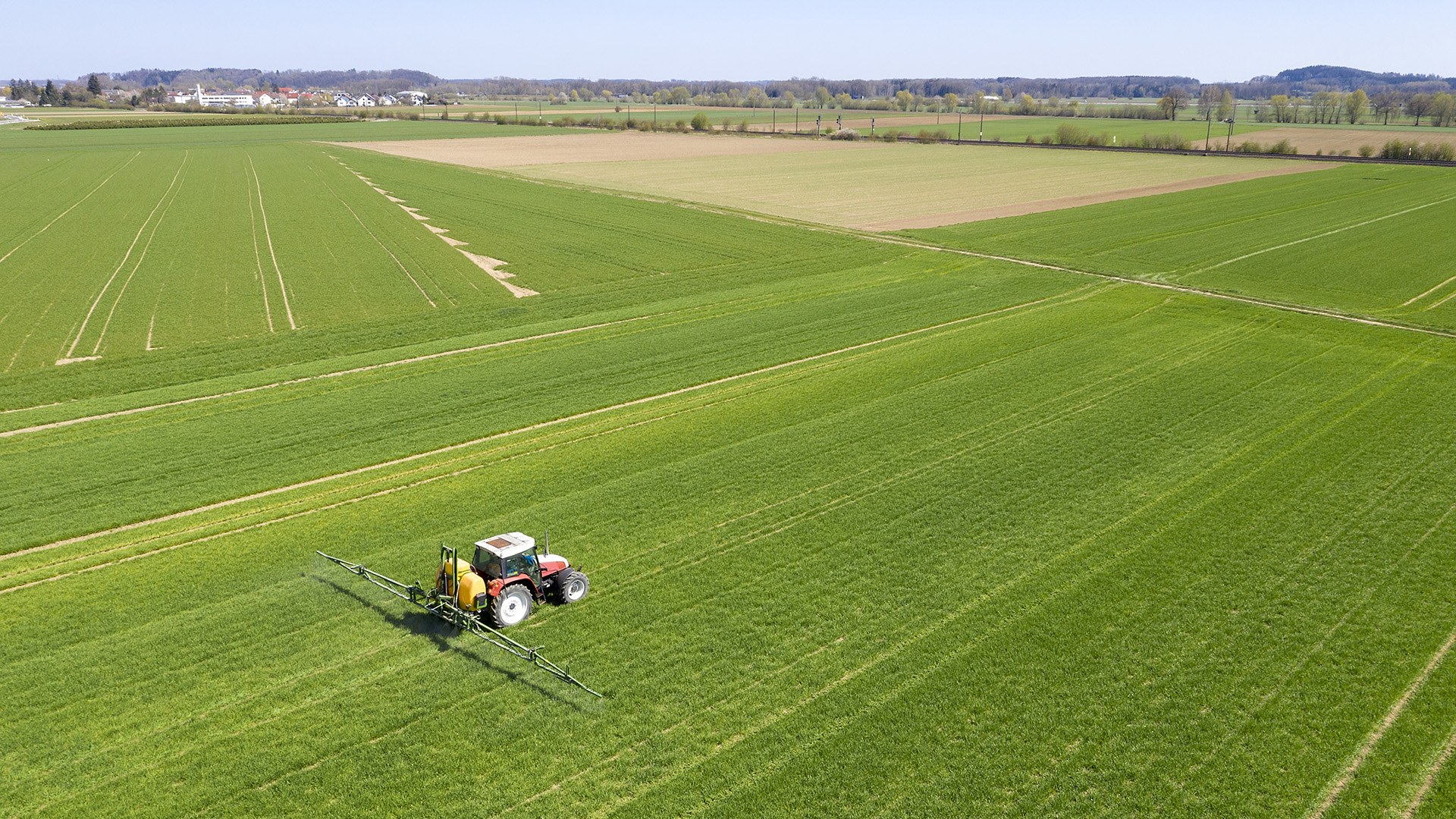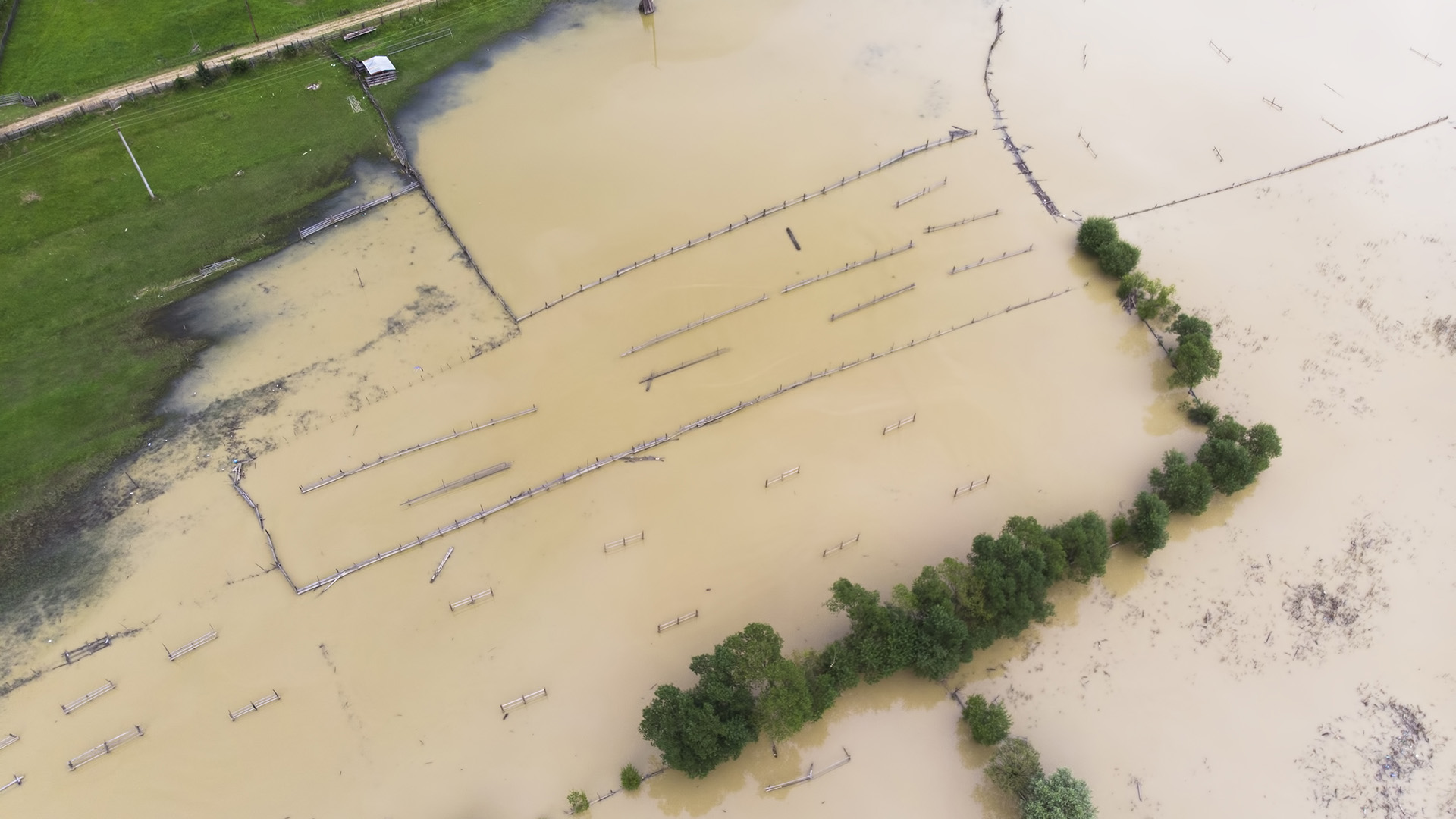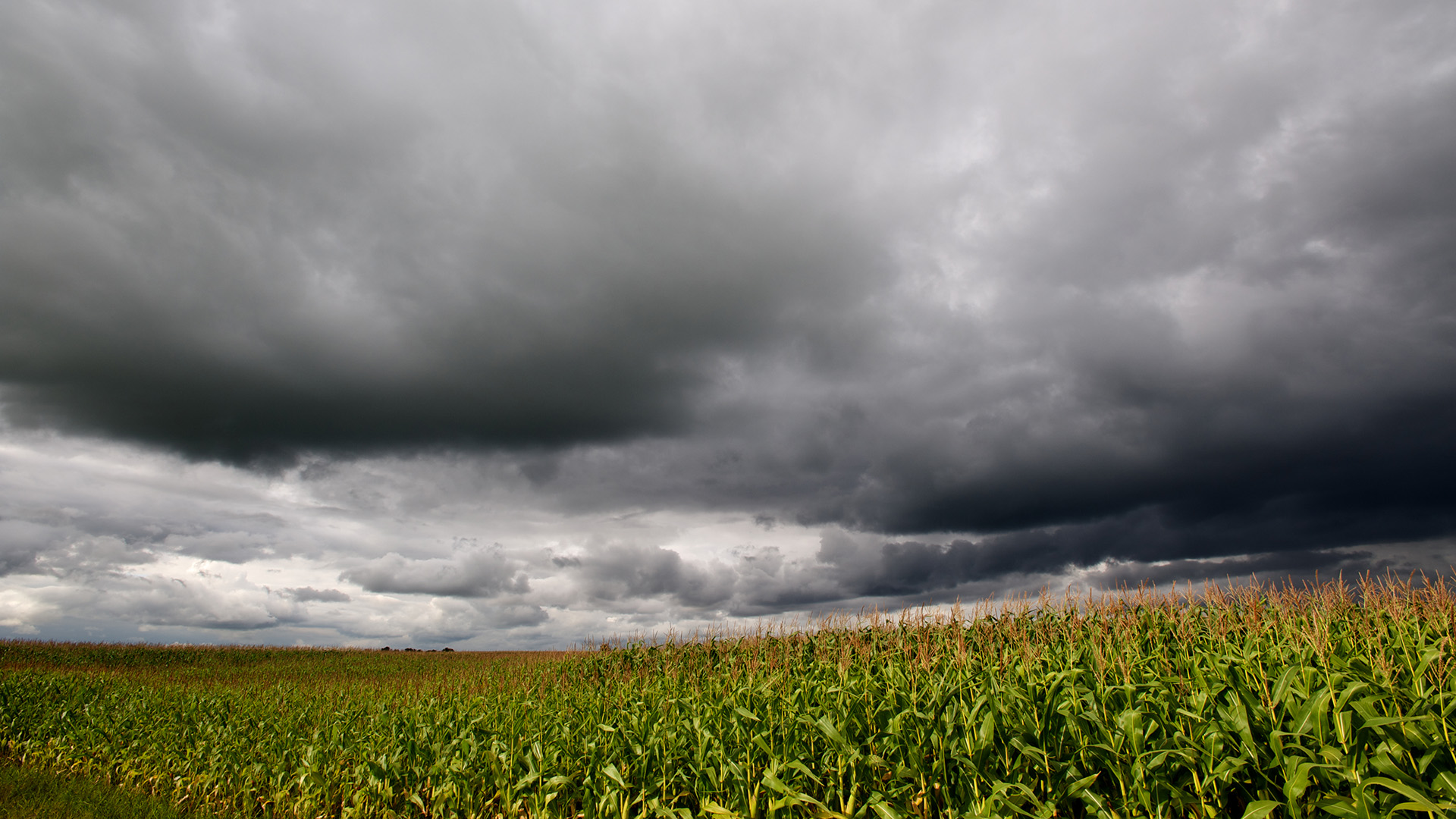Crop insurance offers support to farmers in the face of threats of natural climatic phenomena, pests, and uncontrollable diseases. Crop insurance brings relief and compensates for the direct and immediate loss suffered by the insured crop, due to the risks covered under the policy.
What is Crop Insurance?
Crop insurance is a necessity for farmers. Commercial property or farm insurance policies do not cover the loss of crops. There are two different kinds of crop insurance:
Multiple Peril Crop Insurance—This insurance is a federally backed program and is a comprehensive insurance package for large and small businesses. It is the most common type of crop insurance, protecting farmers from crop yield losses by permitting farmers to insure a percentage of their historical crop production.
A multiple peril policy covers crop yields lost due to disease, drought, freeze, or other natural disasters. It’s important to know that farmers must purchase a policy before the crops are planted.
These multi-peril crop insurance policies exist to protect a farmer against property and liability risks without having to purchase a bunch of separate policies.
Crop-Hail Insurance—This insurance is sold by private insurers like us, Wathen Insurance, and not offered through a federal program. It specifically covers crops in the event of damage by hail or fires. Indiana has more than its share of hail-related weather.
Most policies not only protect crops from physical damage from hail, but they also safeguard farmers against vandalism, lightning, and other problems that exist during the transfer and storage of crops.
These policies are purchased by farmers to protect crops that have not yet been harvested. Crop-hail insurance can be purchased at any time during the growing season.
Crop-hail insurance policies typically provide protection up to the actual value of your crop. Additionally, farmers can increase coverage during a growing season. Wathen Insurance has a variety of coverages available. We can help create a package specific to your needs.
Did you know that crop-hail insurance is the oldest form of crop insurance, dating back many decades?
The History of Crop Insurance
Part of the USDA, the Federal Crop Insurance Program (FCIP) is a partnership between insurers and the federal government, founded in 1938. Not many farmers could afford the rates back then, and for nearly five decades, the FCIP was deteriorated and disused.
In the 1980s, the program was made more affordable and accessible to all farmers. Participation remained low until the 1990s when subsidy levels were increased and with the 2000s came a broadened range of products available to farmers.
Now, over 80 years later, the FCIPinsures 83% of crop acreage, insuring over 311 million acres.
What is Revenue Insurance?
Revenue Protection Crop Insurance is insurance against a poor crop yield. This type of insurance protects farmers in the event that revenue is lost due to low crop yields, low prices, or a combination of both. More than 75% of FCIP users have a revenue protection policy.
This additional protection was developed to aid farmers who raise cattle, cows, pigs, poultry, or other animals. If a natural disaster takes out your feed production, revenue insurance will help you.
Do you have more questions about crop insurance? Let us help. We pride ourselves on giving our customer peace of mind. Give Wathen Insurance a call at 765-676-9666, and we’d be happy to answer your questions or guide you through our available crop insurance policies.






Recent Comments